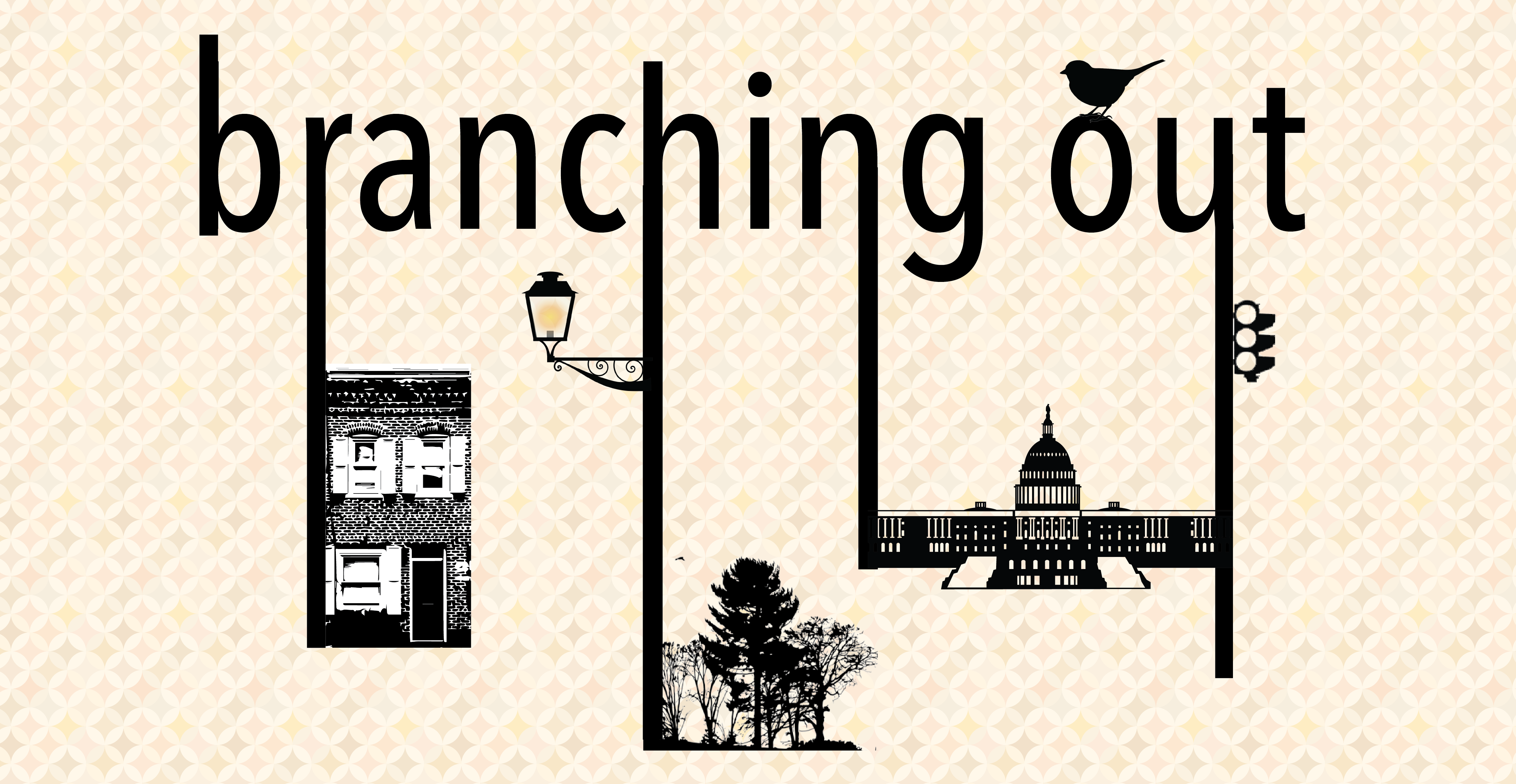I first heard the legend of the Georgetown Metro from a sullen medical student on a university transport shuttle. We were caught in traffic on our way to Dupont Station and she blamed the Georgetown neighborhood’s elitism for our peril.
I’ve since heard the same story from fellow Georgetown students, longtime D.C. residents, and cynical Uber drivers. It goes like this: In the 1960s, as the National Capital Transportation Agency (NCTA) was drawing up plans for a rapid rail system in D.C., Georgetown elites rallied against proposals for a Metro station in the neighborhood. They felt threatened by the prospect of greater access to Georgetown, which would bring unwanted groups to the area—namely poor people and people of color. So the NCTA conceded and did not include a Georgetown Metro station in its plans. Today, the blue and silver lines run straight under the Potomac from Foggy Bottom to Rosslyn, skipping Georgetown entirely.
This is not a complete explanation of why there’s no Metro stop in Georgetown, and in recent years, news outlets from The Washington Post to the Georgetown Metropolitan have rushed to debunk it as an urban legend. It’s a tall tale, they say, engineered by people who want to paint Georgetown as elitist.
That’s false. To call this story a myth is to ignore its crucial truth––grievous issues of racism and classism have always hounded D.C.’s public transport. Yes, the real story is more complicated, as real stories always are. But it’s not just a fabrication.
It’s true that Georgetown’s community never tore down any official proposals for a Metro station, but only because the NCTA never actually suggested a Metro stop in Georgetown. In his book on the D.C. Metro, historian Zachary Schrag attributes this to engineering challenges: Georgetown’s proximity to the Potomac meant that a Metro station would have to be constructed deep in the ground. It was possible, he writes, but obscenely expensive.
He also notes that, at the time, there weren’t many people commuting to Georgetown, which made it a low-priority area for the planners. A station in the neighborhood was never seriously considered.
But Schrag does admit that there was opposition to a Metro stop in Georgetown. It just began before the NCTA released its plans. The Citizens Associations of Georgetown, in fact, published a position paper against the idea in 1962, which much of today’s media coverage has conveniently left out of its narrative.
Was this community resistance the driving force behind the NCTA’s decision to skip out on the stop? Maybe not. But their opposition was undeniably tied to class and race. Many wealthy, white suburban residents across D.C. felt threatened by the Metro system at the time. Schrag quotes Idamae Garrott, a Montgomery County politician in the 1970s who witnessed these views. “A lot of people here are scared to go into the District. Now they think that rapers and muggers will be able to get on the subway for very little money, rape and mug me, and get on the subway and go back,” she said. This type of rhetoric aimed to restrict transit access for D.C.’s low-income neighborhoods, whose populations were mostly black.
This shameful line of thinking was evident in Georgetown as well. The Washington Post columnist Bob Levey’s 1977 interviews with Georgetown residents showcase a community happy with the absence of a Metro stop. “The Georgetown community leaders who took part in the 1962 decision to bend aside the Metro line that crosses from Rosslyn to Foggy Bottom do not regret their decision,” Levey wrote. They had wanted to “preserve” the neighborhood––by ensuring it was inaccessible.
So it’s deceitful to argue that race and class played no role in the development of D.C. Metro services, particularly in Georgetown. Getting this story right matters. It matters because public transport in the District as a whole remains a battleground for underserved communities who have suffered under the Washington Metropolitan Area Transit Authority’s recent budget and service cuts.
And it matters because the story isn’t over. The Georgetown neighborhood continues to limit access to transportation, including the public transport our university offers: the Georgetown University Transportation Shuttle (GUTS).
After years of griping from the Georgetown neighborhood, the university rerouted the Dupont GUTS line in 2015, sending it out the Canal Road exit instead of down Reservoir Road. Students and university employees now face significantly longer commutes, just so a few streets can have marginally lower noise levels.
This is the legend of the Georgetown Metro all over again. Think about it. GUTS––a free shuttle––is an important service for students, staff, and faculty who do not have cars and cannot afford to Uber to campus. The changes made to these routes, then, have disproportionately impacted low-income people. Thanks to the university’s spinelessness, the whims of the Georgetown neighborhood have once again eclipsed the needs of everyone else.
I’m reminded of this three times a week when I board the Dupont GUTS bus back from my off-campus job (the public bus would be faster, but Georgetown, unlike other D.C. schools, does not subsidize Metrobus access for its students).
On my return, the shuttle crawls through slow traffic up the waterfront.
In these moments, it’s easy to curse the Georgetown neighborhood’s elitism and go on with our days. But as students, we are involved in this conversation. It’s our responsibility to challenge Georgetown’s comfort with exclusion. And recognizing Georgetown’s long history of inaccessibility is a good start.





